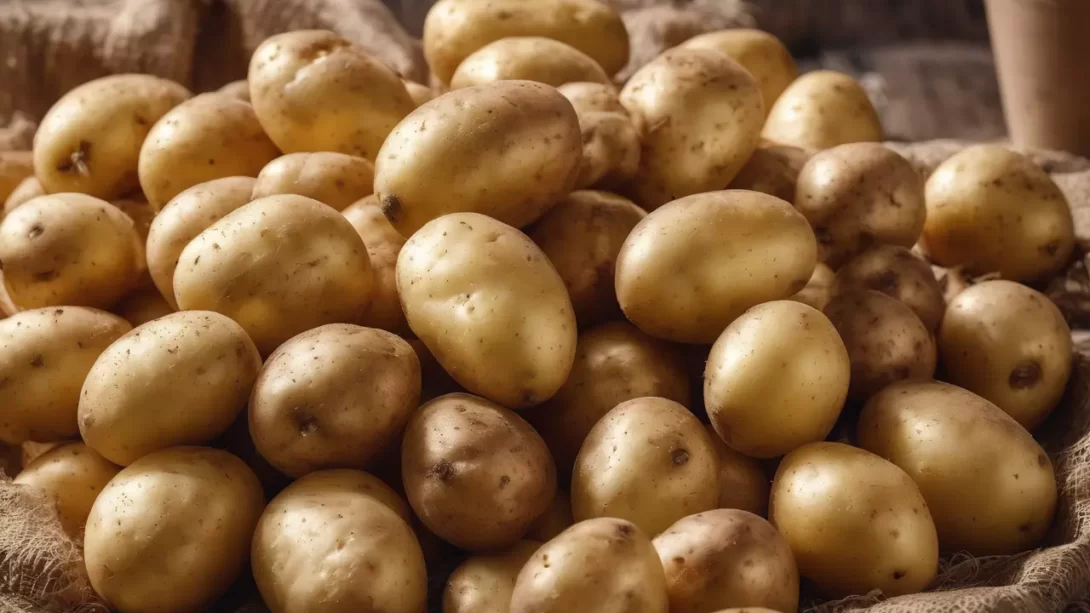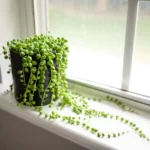Potatoes are a staple crop in many Virginia gardens, offering a rewarding experience for gardeners. The key to a successful potato harvest in Virginia is understanding the best time to plant. This article will guide Virginia gardeners through the optimal planting schedule for potatoes, tailored to the state’s unique climate conditions.
Virginia’s Climate and Planting Zones
Virginia’s climate varies from the coastal areas to the mountain regions, impacting gardening practices across the state. Generally, Virginia experiences a humid subtropical climate, with hot summers and mild to cool winters. The state is divided into several USDA hardiness zones, which range from zone 5a in the mountainous areas to 8a in the coastal regions. Knowing your specific zone is crucial for determining the most favorable planting period for potatoes.
Virginia’s varied climate allows for a flexible potato planting schedule. However, understanding your local climate zone is essential for optimal planting times to ensure your potatoes have the best growing conditions.
Optimal Planting Times for Potatoes in Virginia
The ideal time for planting potatoes in Virginia is usually in early to mid-spring. This typically means planting can begin from late February to early April, depending on your location within the state. The goal is to plant your potatoes after the danger of hard frost has passed but before the summer heat sets in.
In the cooler mountain regions of Virginia, such as in zones 5a and 6b, planting is best done in early to mid-April. In these areas, late frosts can occur, and waiting until the soil is sufficiently warm is crucial.
For the warmer coastal and central regions, including zones 7a and 8a, planting can often start earlier, around late February to early March. This early start takes advantage of the cooler spring temperatures, which are ideal for potato growth.
Choosing the Right Potato Varieties
Selecting suitable potato varieties is a crucial step for gardening success in Virginia. The state’s diverse climate supports a variety of potato types. Early-season varieties like ‘Yukon Gold’ and ‘Red Norland’ are popular choices, maturing quickly in about 70 to 90 days. They are ideal for gardeners seeking an early harvest.
Mid-season varieties, such as ‘Kennebec’ and ‘Gold Rush’, mature in 90 to 110 days and provide a consistent yield throughout the growing season. These varieties are a great choice for maintaining a steady supply of potatoes.
Late-season varieties, including ‘Russet Burbank’ and ‘Butte’, need a longer growing period (110 to 135 days) but are excellent for storage. These are particularly suitable for areas with a longer growing season.
When selecting potato varieties for Virginia, consider factors like resistance to local diseases, such as late blight and scab, and your intended culinary uses, whether for boiling, baking, or frying.
Soil Preparation and Planting Site Selection
Potatoes grow best in well-drained, loamy soil with a slightly acidic pH, ideally between 5.0 and 6.5. Enrich your garden bed with organic matter, like compost or aged manure, to improve soil fertility and structure. A soil test can be beneficial to determine any specific needs for soil amendments.
Choose a sunny location for your potato garden, as potatoes require ample sunlight for optimal growth. Avoid planting in areas where water tends to pool, as excessive moisture can lead to root diseases. Also, practice crop rotation to prevent soil-borne diseases from affecting your potatoes.
Planting Techniques for Potatoes
In Virginia, you can start planting potatoes with either seed potatoes or small whole potatoes. Using certified seed potatoes is recommended to reduce the risk of disease. If you’re using larger seed potatoes, cut them into pieces with at least one or two eyes (buds) each. Let these pieces dry for a day or two before planting to help prevent rot.
Plant the potato pieces about 3 to 4 inches deep and 12 inches apart in rows. The rows should be spaced about 2 to 3 feet apart to allow for growth and ease of maintenance. After planting, cover the seed potatoes with soil and water them thoroughly.
Hilling is an important practice in potato cultivation. As the plants grow, gradually mound soil around the stems, leaving only the top few inches exposed. This process, known as hilling, helps to prevent sunlight from reaching the developing tubers, which can cause them to turn green and potentially toxic.
Care and Maintenance of Potato Plants
Proper care and maintenance are essential for a healthy potato crop in Virginia. Consistent watering is important, especially during the tuber formation and growth stages. Potatoes generally need about 1 to 2 inches of water per week. It’s crucial to maintain even soil moisture while avoiding overwatering, as excessive moisture can lead to root diseases and rot.
Fertilization is another key component of potato care. Start with a balanced fertilizer at planting and consider a follow-up application when the plants are about 6 inches tall. However, be cautious with nitrogen-heavy fertilizers later in the season, as they can encourage excessive foliage growth at the expense of tuber development.
Regular weeding is necessary, as potatoes compete poorly with weeds. Take care not to disturb the shallow root systems of the potato plants during weeding activities.
Common pests in Virginia include the Colorado potato beetle and aphids, while diseases like late blight and scab can also affect the crop. Regular inspection of your plants and timely intervention with appropriate organic or chemical treatments can help manage these issues. Crop rotation and good garden hygiene are also important in preventing many pest and disease problems.
Harvesting and Storing Potatoes
Potatoes in Virginia are typically ready for harvest in late summer or early fall when the foliage begins to yellow and die back. For new potatoes, which are smaller and more tender, you can start harvesting a few weeks after the plants have finished flowering.
To harvest, gently dig around the plants with a spade or fork, being careful not to damage the tubers. Let the potatoes dry for a few hours in a cool, dry place to remove excess soil.
For long-term storage, cure the potatoes in a dark, well-ventilated area for about two weeks. This process hardens their skins and prepares them for storage. After curing, store the potatoes in a cool, dark place, such as a cellar or a pantry. Properly cured and stored potatoes can last for several months.
Conclusion
Growing potatoes in Virginia can be a rewarding experience for gardeners, offering a valuable addition to the home garden. By understanding the appropriate planting times, selecting suitable varieties, and providing proper care throughout the growing season, you can enjoy a successful harvest of this versatile and beloved vegetable. Whether for immediate culinary use or for storage, potatoes offer a satisfying and productive endeavor for Virginia gardeners.



